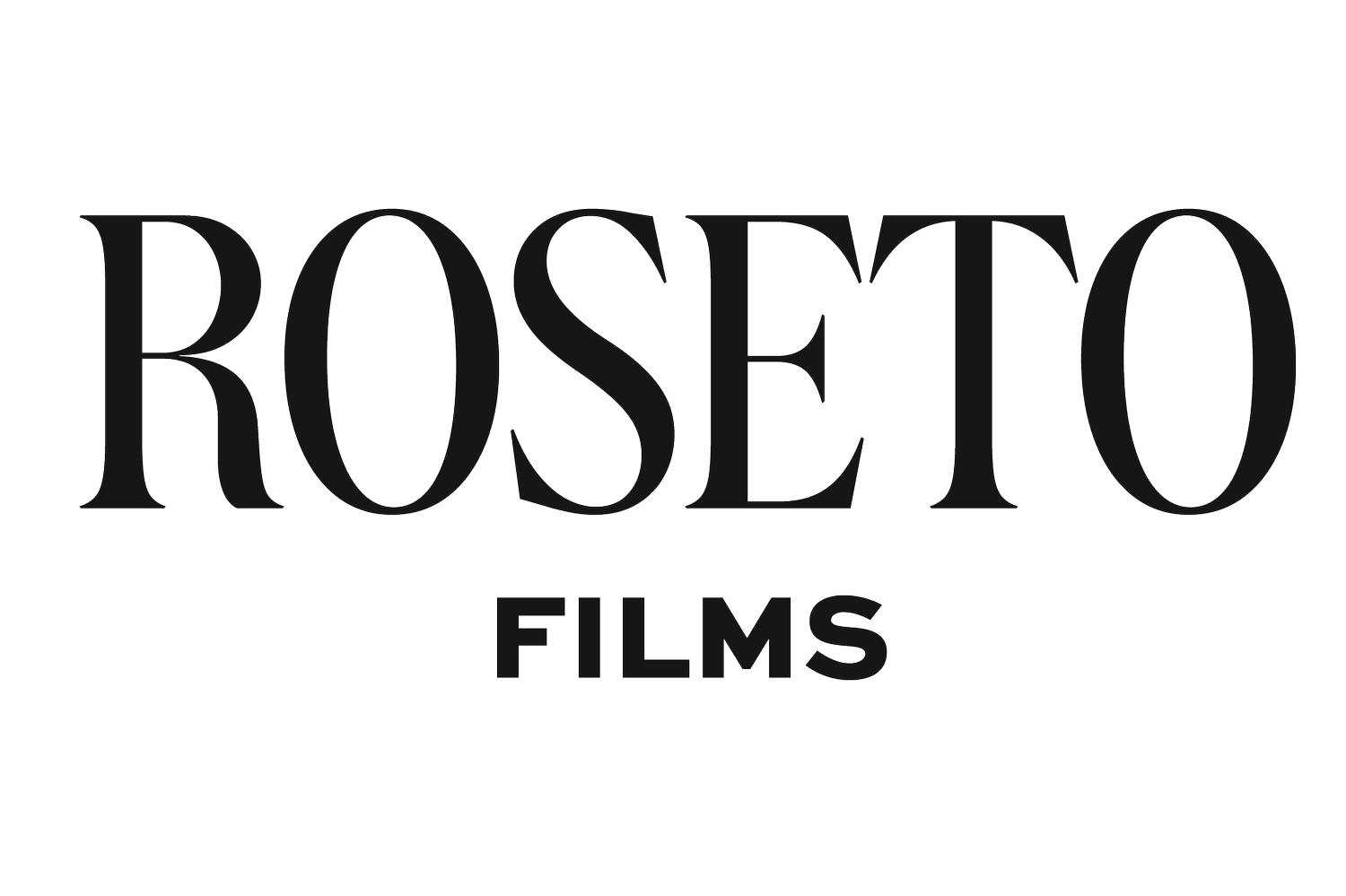How to Make Your Completed Video Work Harder for You
Rethinking Video Distribution: The Video Placement Triad
As marketers and storytellers, our goal is to make a positive impact. We want our life-changing stories to reach those who will benefit most. Most people discover content in three primary ways: Google searches, YouTube, and social media. Fortunately, it's free to place our videos on all these platforms. I like to take these three platforms and add in some strategy into an approach I call the "Video Placement Triad" (though I'm still brainstorming a catchier name—suggestions welcome!).
With the use of the Video Placement Triad and a little SEO work, we can significantly increase our chances of reaching the right people. For more insights, check out my blog on Empathy Marketing and Simple SEO Tips.
Implementing the Strategy
The Video Distribution Triad strategy works best when you apply a hierarchy, especially if you're working within a budget. Start by investing in platforms you believe will be most effective. If they yield results, continue to invest; if not, consider pivoting your strategy. This hierarchy might change based on where your target audience spends most of their time—a key factor you should determine well before your video is complete.
or simplicity, let’s consider a hierarchy based on my typical clients, who often sell high-ticket items like personal training, business coaching, and interpersonal coaching. We’ve found that these audiences require more assurance, translating into a need for deeper connections and more comprehensive information.
Platform Comparison
Social Media: Videos here typically get 8-15 seconds of attention. It’s a sprint to make an impression, and you often need to be on-trend to stand out.
YouTube: Known as the world's second-largest search engine, YouTube offers an average watch time of 2-3 minutes per video. This platform allows for more in-depth communication, helping you connect with your audience on a more memorable level. Remember, building a community on YouTube requires a specific personality and dedication.
Websites: Often overlooked, your website is the most stable way to connect with your audience. Google remains the top method for online searches, and unlike social media or YouTube, your website isn’t heavily affected by changing trends or algorithms. Here, you control the narrative, from the text to the videos and even the integration of social media posts.
Making the Video Placement Triad Work
Our goal is to design a system of triggers that guide users from one platform to another. For example, a social media post should lead viewers to your website, where they can watch the full video on YouTube, read more content, book a call, or subscribe to your newsletter. Similarly, if someone views your video on YouTube, the next step should lead them back to your website.
By strategically placing your video across these platforms, you create multiple entry points for engagement, increasing the likelihood that your message will resonate with the right audience.
Conclusion
With a little bit planning, you can really get your message out there. That’s where the Video Placement Triad comes in—tapping into Google searches, YouTube, and social media to put your videos front and center. Throw a bit of SEO into the mix, and you’re really gonna be cooking.
Each platform plays a unique role in how your content is seen and interacted with. Customizing your strategy for each one can really crank up your success rate. Keep tweaking and testing based on what works, and you’ll not only spread your message wider but also connect more deeply with your audience.
Here’s to videos that aren’t just seen but felt!
